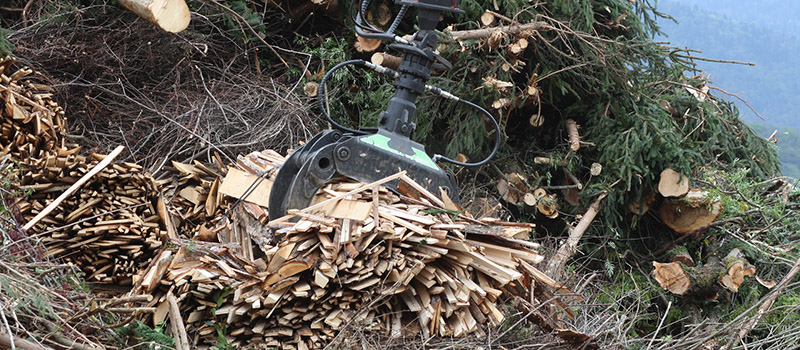
(Photo: Pixabay)
A landmark new study has identified three critical strategies for California to achieve its “carbon neutrality” goal by 2045, including restoration activities on California’s natural and working lands and converting waste biomass into fuels.
According to the study by Lawrence Livermore National Laboratory, these strategies would provide important co-benefits to air and water quality, resilience to a changing climate, and protection to lives and property by reducing wildfires.
The study, “Getting to Neutral: Options for Negative Carbon Emissions in California,” assessed advanced carbon reduction technologies and highlighted three specific “pillars” to achieve negative emissions, defined as the physical removal of carbon from the atmosphere:
- Capturing and storing carbon through natural and working lands
- Converting waste biomass, including logging and fire prevention activities and agricultural waste, into fuels and simultaneously storing carbon dioxide emissions
- Capturing carbon dioxide directly from the atmosphere through “purpose-built” machines
The authors stated that these strategies constitute the lowest cost and most productive pathways for achieving California’s ambitious goal of achieving carbon neutrality by 2045, which was set out in a 2018 Executive Order by former Gov. Jerry Brown. Carbon neutrality refers to the point at which the removal of carbon pollution from the atmosphere meets or exceeds emissions.
The new study emphasized that together these three strategies would enable California to “remove on the order of 125 million metric tons of CO2 per year from the atmosphere by 2045, and achieve economy-wide net-zero emissions.”
The authors noted that accomplishing this would require significant efforts, including managing natural and working lands in different ways, developing biomass processing infrastructure, and constructing and powering new machines. They estimated that California could achieve this goal “at a cost of less than $10 billion per year, less than 0.4% of the State’s current gross domestic product.”
In particular, the report advocates methods to increase the carbon stored in plants and soils, including forest management strategies and reforestation of sites disturbed by wildfire. It also identifies as a key pillar the conversion of waste biomass (including agricultural waste, sewage and manure, logging and fire prevention activities) to fuels with simultaneous capture of the carbon dioxide emissions that are produced, rather than allowing such biomass to return its carbon to the atmosphere when it decays or is burned in fires.
Such strategies are among the approaches being explored through the California Economic Summit to achieve a more wildfire-safe state via accelerated forest resilience work and linking such forest management work with new wood products industries that convert excess woody materials into biofuels and other innovative uses. These strategies and more are included in the Summit’s 2020 Roadmap to Shared Prosperity.
The Summit’s recently released report, “California’s Wildfire Crisis: A Call to Action,” highlighted the terrible toll of the wildfire crisis and the need for solutions that will create more climate resilient landscapes, help create jobs, and revitalize rural economies. The report grew out of the Summit’s ongoing Elevate Rural CA initiative, which seeks to address forest resiliency, broadband access, and water infrastructure needs in rural communities.

